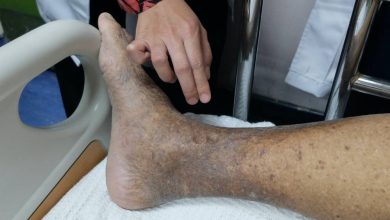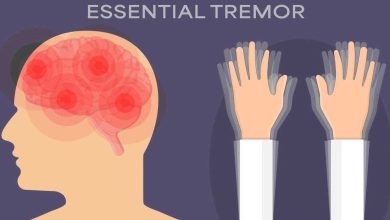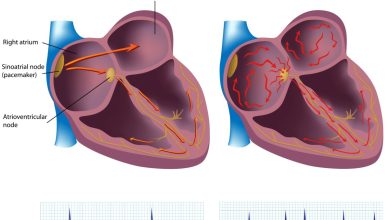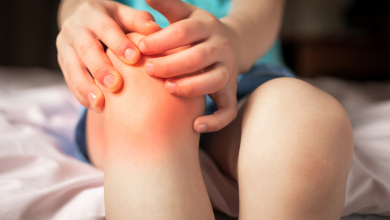Latex Allergy Symptoms, Causes, Diagnosis and Treatment
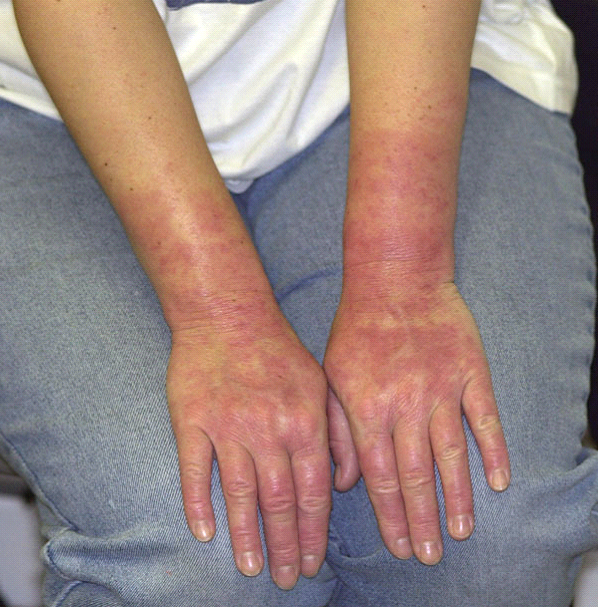
What Is Latex Allergy?
Latex is a milky fluid which is found in several plants including spurges and poppies. Latex collected from a rubber tree tends to be the core source of natural rubber. The medical term latex allergy is the body’s reaction to specific proteins that are found in latex. In case of having latex allergy, the body treats latex as a dangerous substance.
In addition to this, latex allergy can root allergic reactions that may range from mild skin irritation to a serious reaction called anaphylaxis. One can simply prevent the body’s reaction by identifying the sources of latex and avoiding them!
What Are The Symptoms Of Latex Allergy?
Following are the common symptoms of latex allergy:
- Mild symptoms: rash or hives, skin redness, itching.
- Severe symptoms: cough, wheezing, difficulty breathing, scratchy throat, watery eyes, itchy eyes, runny nose, sneezing.
- Anaphylactic symptoms: weak pulse, confusion, consciousness loss, dizziness, low blood pressure, wheezing, nausea and vomiting, swelling or hives, breathing difficulties.
What Causes Latex Allergy?
In an individual with latex allergy, the immune system tends to recognize latex as a dangerous substance, thus in order to fight the allergen, it activates some antibodies. Moreover, after being exposed to the allergen, these antibodies alarm the immune system to release certain chemicals including histamine into the bloodstream. This instigates a range of symptoms. Clearly, the more the person is exposed to latex, the more aggressively his immune system will react.
What Are The Risk Factors Of Latex Allergy?
Some people are more prone to experience latex allergy including:
- People with a family or personal history of allergies.
- Workers of rubber industry.
- Health care workers.
- People those have gone through several medical or surgical procedures.
- Individuals with spina bifida.
How Is Latex Allergy Diagnosed?
The doctor will need details regarding the patient’s history of responding to latex, whilst other symptoms he or she has experienced. The patient will be recommended either of the following tests, in order to diagnose latex allergy:
- Skin test.
- Blood test.
How Is Latex Allergy Treated?
Even though, there are several medications that can help ease the symptoms, yet there is no medicine that can cure latex allergy. However one can simply avoid allergic reactions by avoiding the latex-containing products. For minor reactions to latex, the doctor can prescribe antihistamines in order to relieve discomfort and control the reaction.
In case of having severe reactions to the allergen, the patient is advice to bear injectable epinephrine all the time.If the patient has gone into anaphylactic shock, he or she will need:
- Immediate visit to the hospital.
- Emergency adrenaline injection.
- Corticosteroids.
- Oxygen.
Prevention:
One can prevent the reaction simply by avoiding the following latex-containing products:
- Rubber toys.
- Balloons.
- Rubber bands.
- Few disposable diapers.
- Hot water bottles.
- Clothing waistbands.
- Erasers.
- Baby bottle nipples.
- Dishwashing gloves.
- Condoms.
- Swim goggles.
- Bicycle and motorcycle handgrips.
- Intravenous tubing.
- Dental dams.
- Respirators.
- Surgical masks.
- Intravenous tubing.
Related Articles :
Mastitis Symptoms, Causes, Diagnosis and Treatment
Syphilis Symptoms, Causes, Diagnosis and Treatment
Rosacea Symptoms, Causes, Diagnosis and Treatment
Perioral Dermatitis Symptoms, Causes, Diagnosis and Treatment
Dermatitis Herpetiformis Symptoms, Causes, Diagnosis and Treatment
Chancroid Symptoms, Causes, Diagnosis and Treatment
Bullous Pemphigoid Symptoms, Causes, Diagnosis and Treatment
Mammary Duct Ectasia Symptoms, Causes, Diagnosis and Treatment
Lupus Symptoms, Causes, Diagnosis and Treatment
Lichen Sclerosus Symptoms, Causes, Diagnosis and Treatment
Lichen Nitidus Symptoms, Causes, Diagnosis and Treatment
Leprosy Symptoms, Causes, Diagnosis and Treatment
Jock Itch Symptoms, Causes, Diagnosis and Treatment
Ringworm Symptoms, Causes, Diagnosis and Treatment
Roseola Symptoms, Causes, Diagnosis and Treatment
By : Natural Health News

